Description
Two merry mariners Pl.03 by Stewart Orr printed on a T-Shirt
About the T-Shirt
Regular fit
Standard length, the fabric easily gives into movement
Casual wear
A classic, everyday option loved by our customers
Side-seamed
Constructed by sewing two parts together, creating a fitted look
The Unisex Staple T-Shirt feels soft and light with just the right amount of stretch. It’s comfortable and flattering for all. We can’t compliment this shirt enough–it’s one of our crowd favorites, and it’s sure to be your next favorite too!
- Solid colors are 100% Airlume combed and ring-spun cotton
- Ash color is 99% combed and ring-spun cotton, 1% polyester
- Heather colors are 52% combed and ring-spun cotton, 48% polyester
- Athletic and Black Heather are 90% combed and ring-spun cotton, 10% polyester
- Heather Prism colors are 99% combed and ring-spun cotton, 1% polyester
- Fabric weight: 4.2 oz./yd.² (142 g/m²)
- Pre-shrunk fabric
- 30 singles
- Side-seamed construction
- Tear-away label
- Shoulder-to-shoulder taping
- Blank product sourced from Nicaragua, Mexico, Honduras, or the US
Stewart Orr (1872 – 1944)
William Stewart Orr was a Scottish watercolour artist and book illustrator.
Born in Glasgow, the son of William Orr, a merchant there, the young Orr was educated at the Glasgow School of Art.
In 1907, The Studio reviewed his work and commented “Stewart Orr, one of the younger men, is an artist with that rare quality, a sense of humour. This characteristic will be applicable in the role of book illustrator, in which the artist is actively engaged at the present time.”
Orr married Mary Stuart Douglas and was elected a member of the Royal Watercolour Society in 1925. In 1927, Who’s Who in Art described him as “water-colourist (chiefly), book illustrator occasionally”.
As an illustrator of children’s books, Orr has been compared with his contemporary Harry B. Neilson. In a book on Arthur Rackham, Fred Gettings says “Along with Neilson, we may list Stewart Orr and Harry Rowntree… Neilson, and indeed a whole host of Victorian draughtsmen who told animal moralities and fairy stories, portray their animals in clothing… However, the important point is that, for all their human clothing, for all that they speak where necessary with human tongues, and point their morals with something verging on human gesture, these creatures always look like animals.”

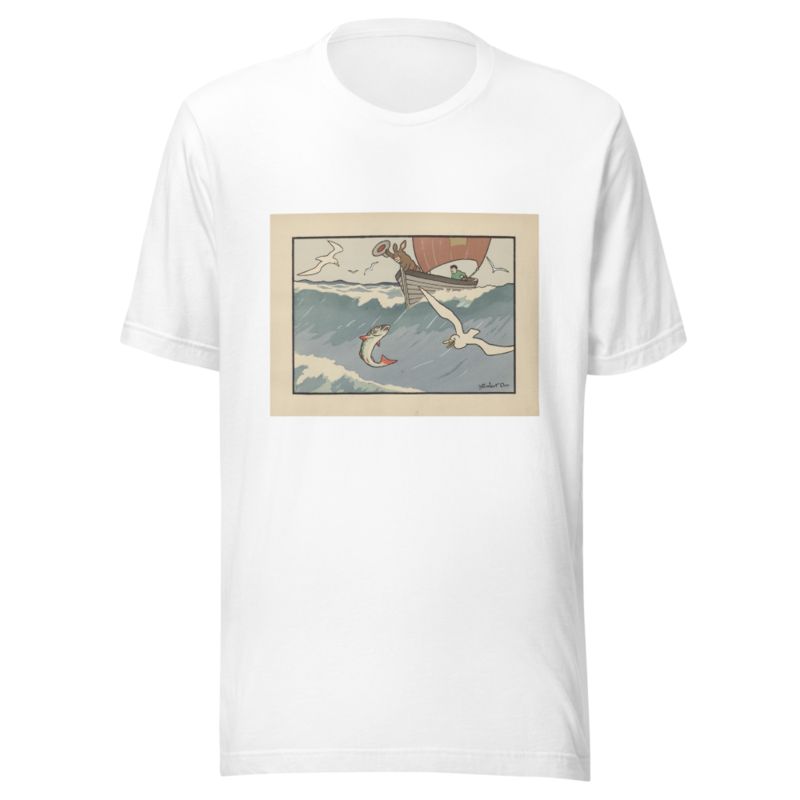
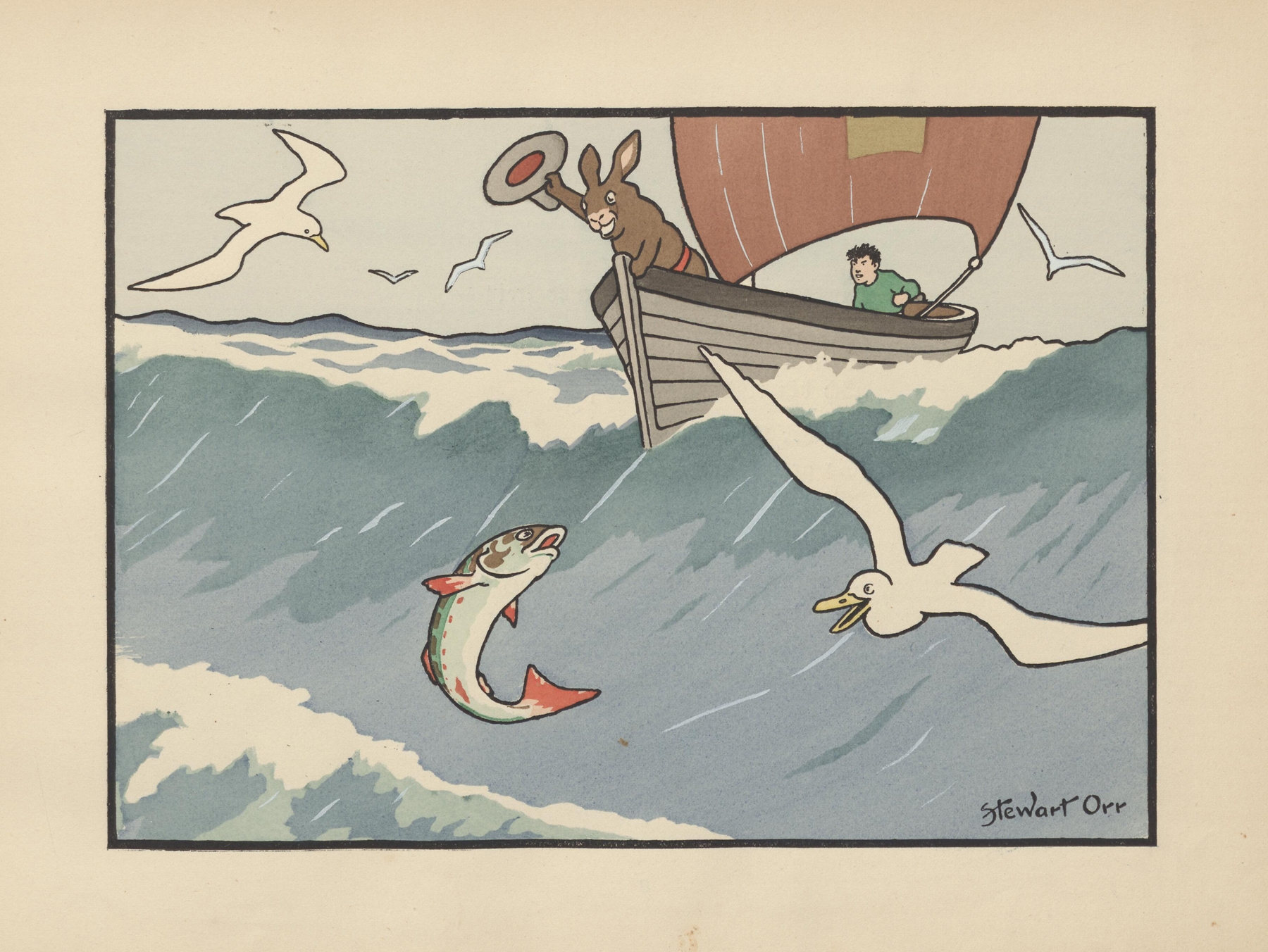
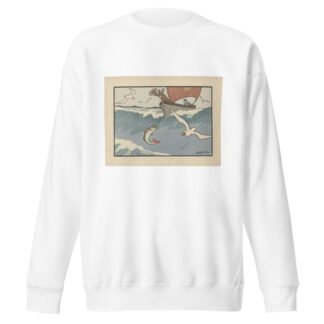
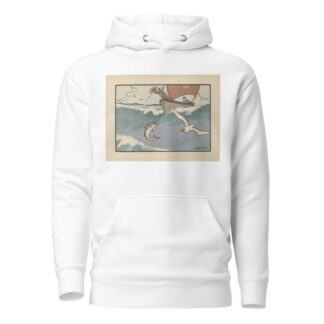
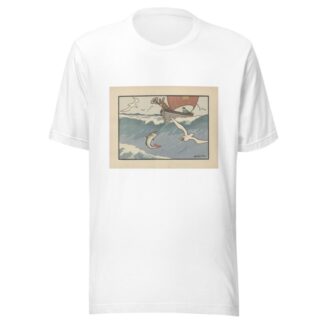
Reviews
There are no reviews yet.